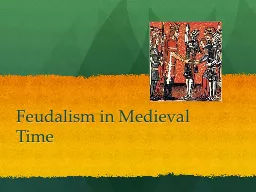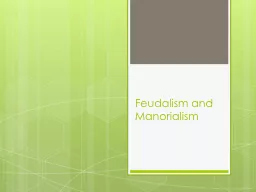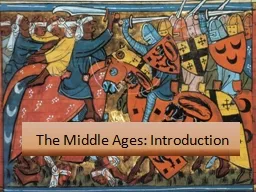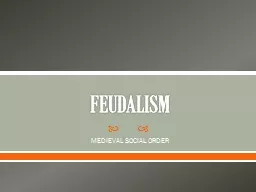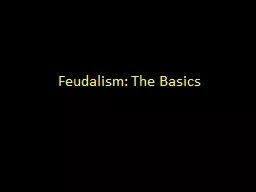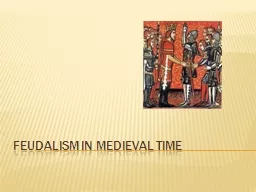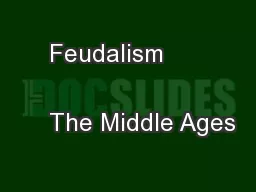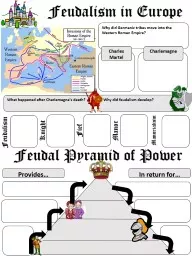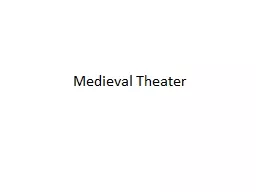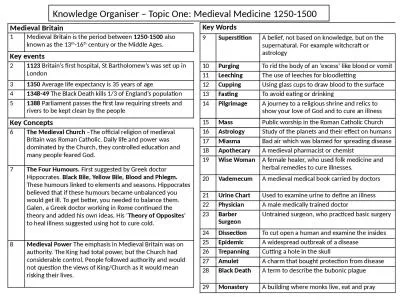PPT-Feudalism in Medieval Time
Author : marina-yarberry | Published Date : 2016-04-13
Discuss with your neighbor What is hierarchy Definition a system or organization in which people or groups are ranked one above the other according to status or
Presentation Embed Code
Download Presentation
Download Presentation The PPT/PDF document "Feudalism in Medieval Time" is the property of its rightful owner. Permission is granted to download and print the materials on this website for personal, non-commercial use only, and to display it on your personal computer provided you do not modify the materials and that you retain all copyright notices contained in the materials. By downloading content from our website, you accept the terms of this agreement.
Feudalism in Medieval Time: Transcript
Download Rules Of Document
"Feudalism in Medieval Time"The content belongs to its owner. You may download and print it for personal use, without modification, and keep all copyright notices. By downloading, you agree to these terms.
Related Documents

